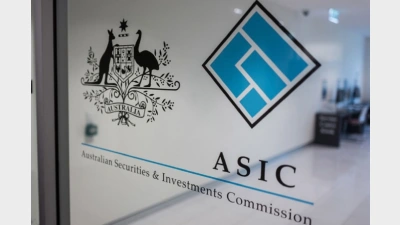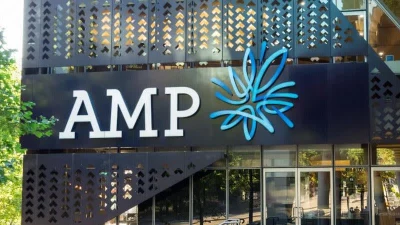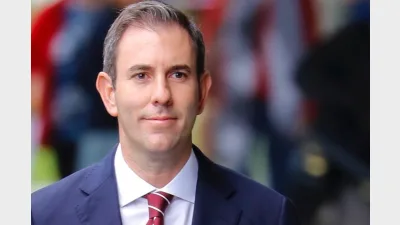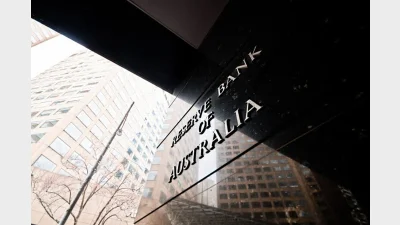Super funds back ASIC review to unlock housing capital



Two of Australia’s largest industry super funds have thrown their support behind an ASIC review into how stamp duty is disclosed in investment fee reporting, saying it could unlock more capital for housing projects.
An Australian Retirement Trust spokesperson said the way stamp duty is treated in fee and cost disclosures varies between states and internationally, influencing where super funds deploy capital.
“We welcome ASIC’s review as a means to boost investment in property, including housing, in Australia,” the spokesperson said.
Prior to ASIC’s announcement, ART had flagged the need to align the disclosure of stamp duty under RG 97 across listed and unlisted assets in its submission to the government’s Economic Reform Roundtable. This, the fund said, would “attract and facilitate greater super capital investment".
Rest Super, which manages retirement savings for more than 2 million members, including 1 million under 30, said changes to the regulatory guide could help address the shortage of affordable housing.
Tyrone O’Neill, Rest’s chief strategy & corporate affairs officer, said the right policy settings could enable super funds to invest at scale in housing while delivering strong long-term returns for members.
“As we noted in our submission to the Economic Reform Roundtable, stamp duty reporting can impact the attractiveness of certain investments, such as residential housing, relative to other asset classes,” O’Neill said.
“Rest agrees that changes should be made to RG97 to remove stamp duty as a reportable transaction cost.”
ASIC’s review of Regulatory Guide 97, which governs how super funds and managed investment schemes disclose fees and costs, comes amid rising concern over housing affordability and supply, with industry groups saying super funds could play a larger role in financing new housing stock if regulatory barriers are eased.
ASFA CEO Mary Delahunty said the corporate regulator’s initiative is “exactly the kind of targeted reform” needed to help the super sector “supercharge national productivity”, allowing more of the $40 billion deployed quarterly to flow into residential property, while boosting overall economic productivity.
“The superannuation sector has raised concerns about RG 97’s treatment of stamp duty since ASIC started developing the regime,” Delahunty said.
“Stamp duty is fundamentally different to other transaction costs covered by RG 97. It’s an unavoidable tax that cannot be reduced through efficient portfolio management or changing investment strategies.”
Delahunty said that the current RG 97 unfairly penalises funds that invest directly in Australian residential property, as opposed to foreign residential property or indirectly through REITs.
“We expect a swift resolution, as potential solutions have been well-canvassed in previous consultations with ASIC,” she said.
“This is a small regulatory tweak about where stamp duty disclosure sits – the duty will still be still paid, but it won’t distort investment comparisons.”
Recommended for you
Super trustees need to be prepared for the potential that the AI rise could cause billions of assets to shift in superannuation, according to an academic from the University of Technology Sydney.
AMP’s superannuation business has returned to outflows in the third quarter of 2025 after reporting its first positive cash flow since 2017 last quarter.
The major changes to the proposed $3 million super tax legislation have been welcomed across the superannuation industry.
In holding the cash rate steady in September, the RBA has judged that policy remains restrictive even as housing and credit growth gather pace.









